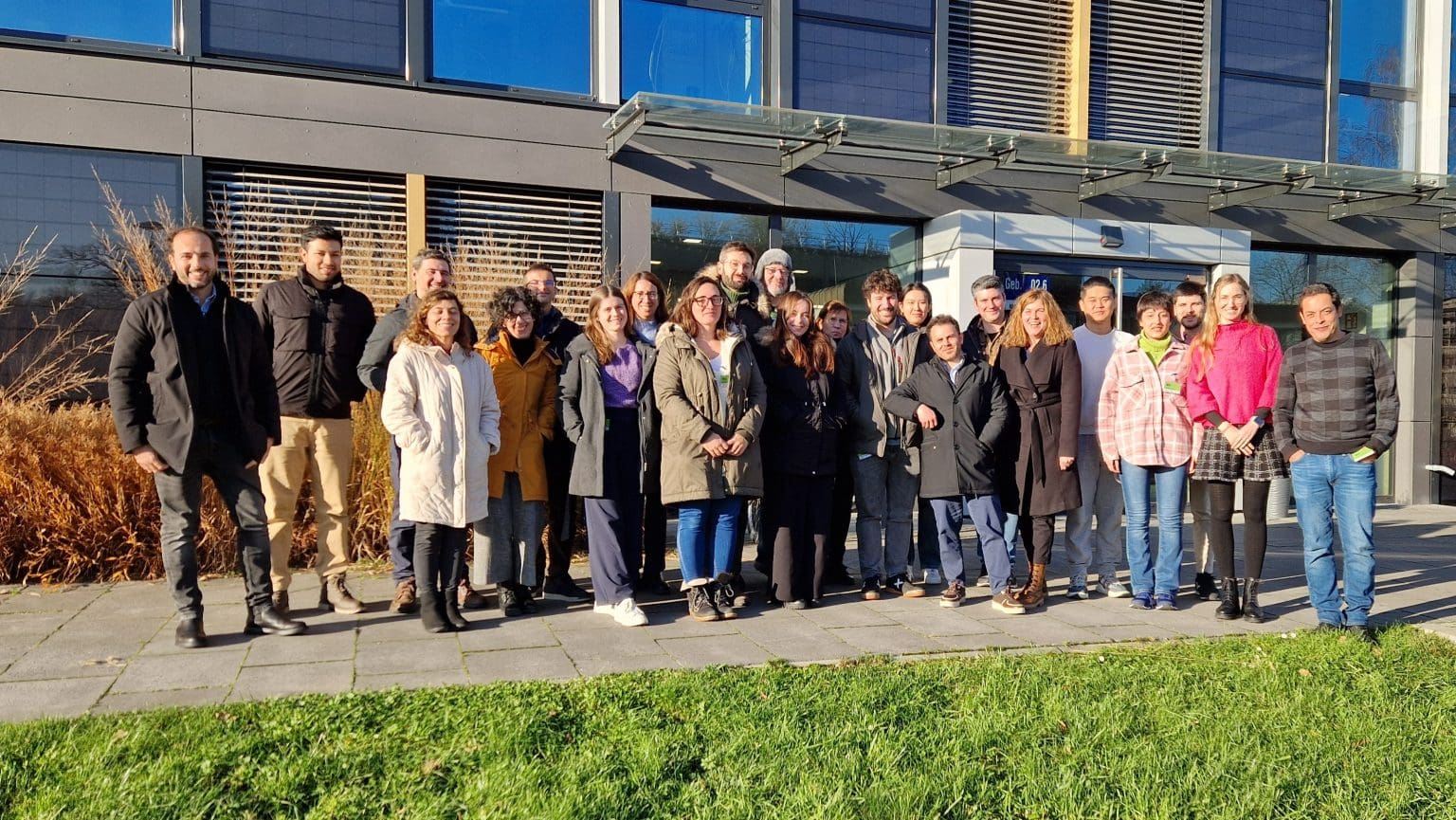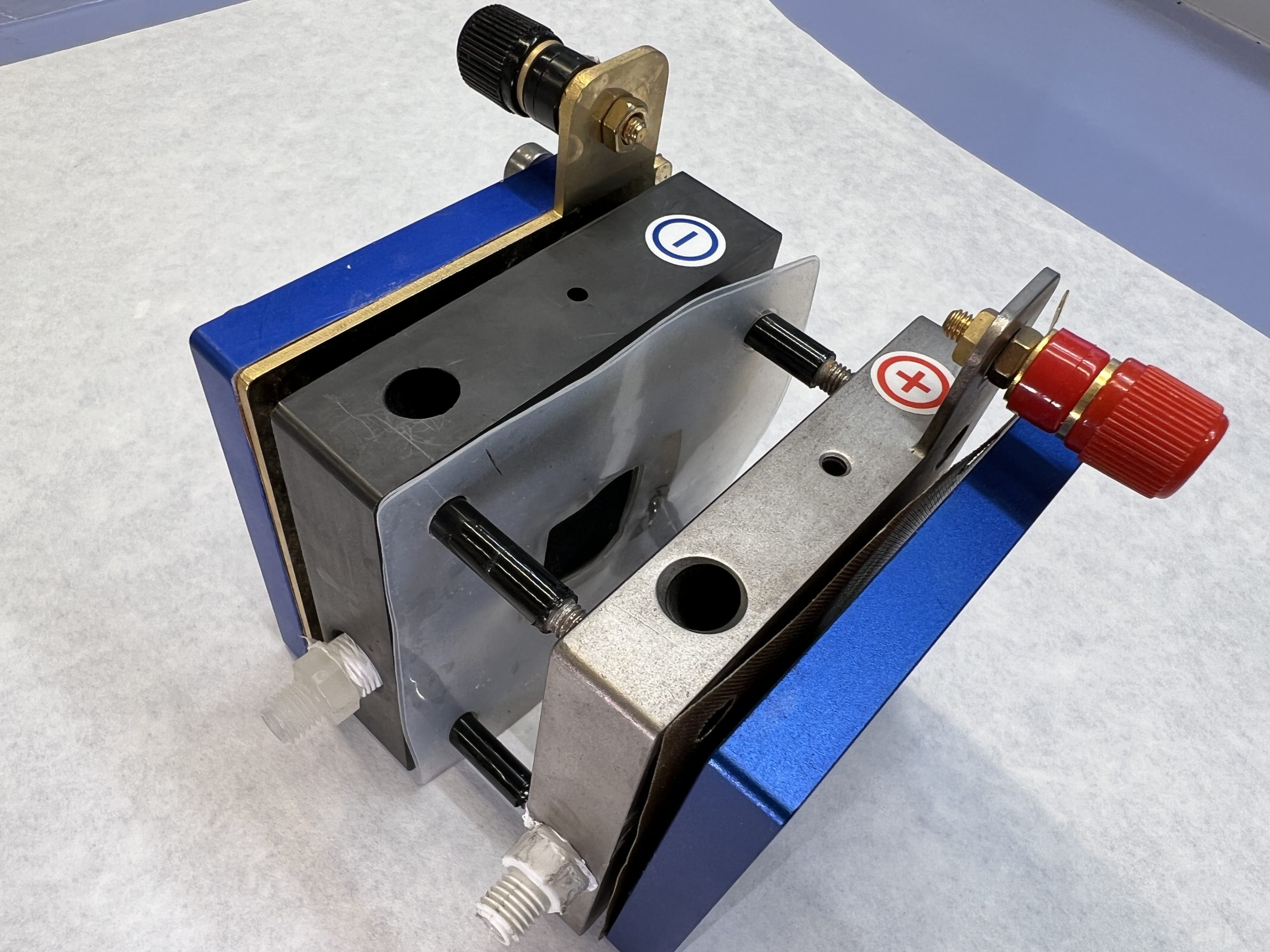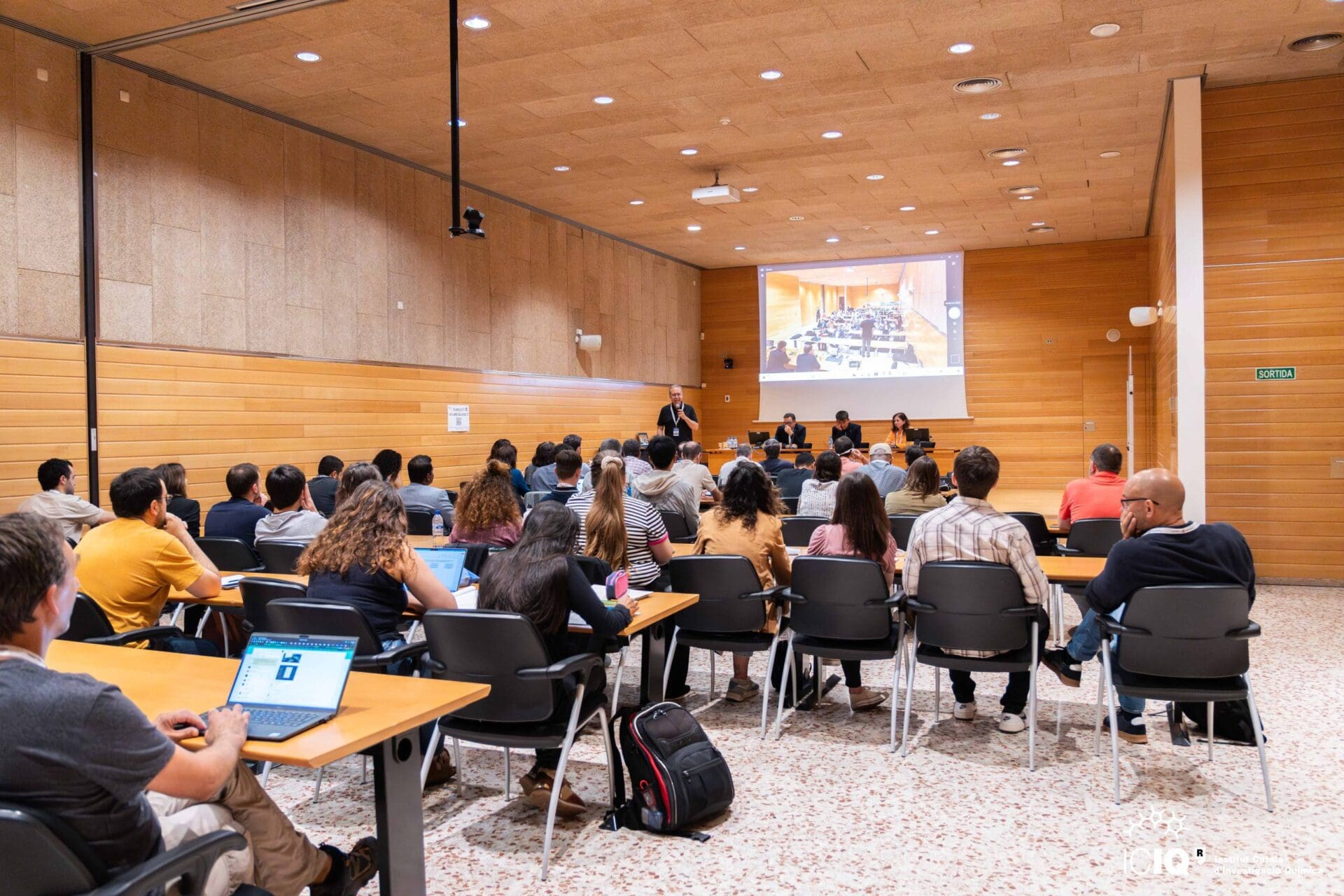López's group on the cover of ACS Catalysis
 Performance of DFT+U Approaches in the Study of Catalytic Materials
Performance of DFT+U Approaches in the Study of Catalytic Materials
Marçal Capdevila-Cortada, Zbigniew Łodziana, and Núria López
ACS Catalysis, 2016, 8370-8379
Development of better catalysts to the large extend relies on the predictive abilities of the rational approaches provided by the density functional theory, DFT. DFT constitutes a robust framework to study complex reaction networks on metal surfaces with the required accuracy. However, the problem of accuracy remains a challenge for materials where self-interaction severely affects the proper description of their electronic structures. Among practical approaches to address the problem, the Hubbard U correction to DFT has emerged as the most attractive tool in terms of resource-balance and the accuracy that can allow the investigation of intricate reaction networks. Even if the application of the DFT+U approaches in catalysis has reached some consensus, extensive benchmarks have not been performed. In this viewpoint, we have compared DFT+U results against available experiments and hybrid (more accurate) exchange-correlation functionals and seen that the dependence of thermodynamics and kinetics for redox steps with the U parameter is different, thus being impossible to fit both with the same value of U (hence preventing the universality of the functional). The origin of this dependence can be traced back to the different electron localization between the initial, transition, and final states and points to the need of obtaining reaction profiles with geometry dependent U to reach adequate accuracy required to understand the reaction and engineering the catalyst.
Related news

Let's create a brighter future
Join our team to work with renowned researchers, tackle groundbreaking
projects and contribute to meaningful scientific advancements






 05-12-2024
05-12-2024 


















